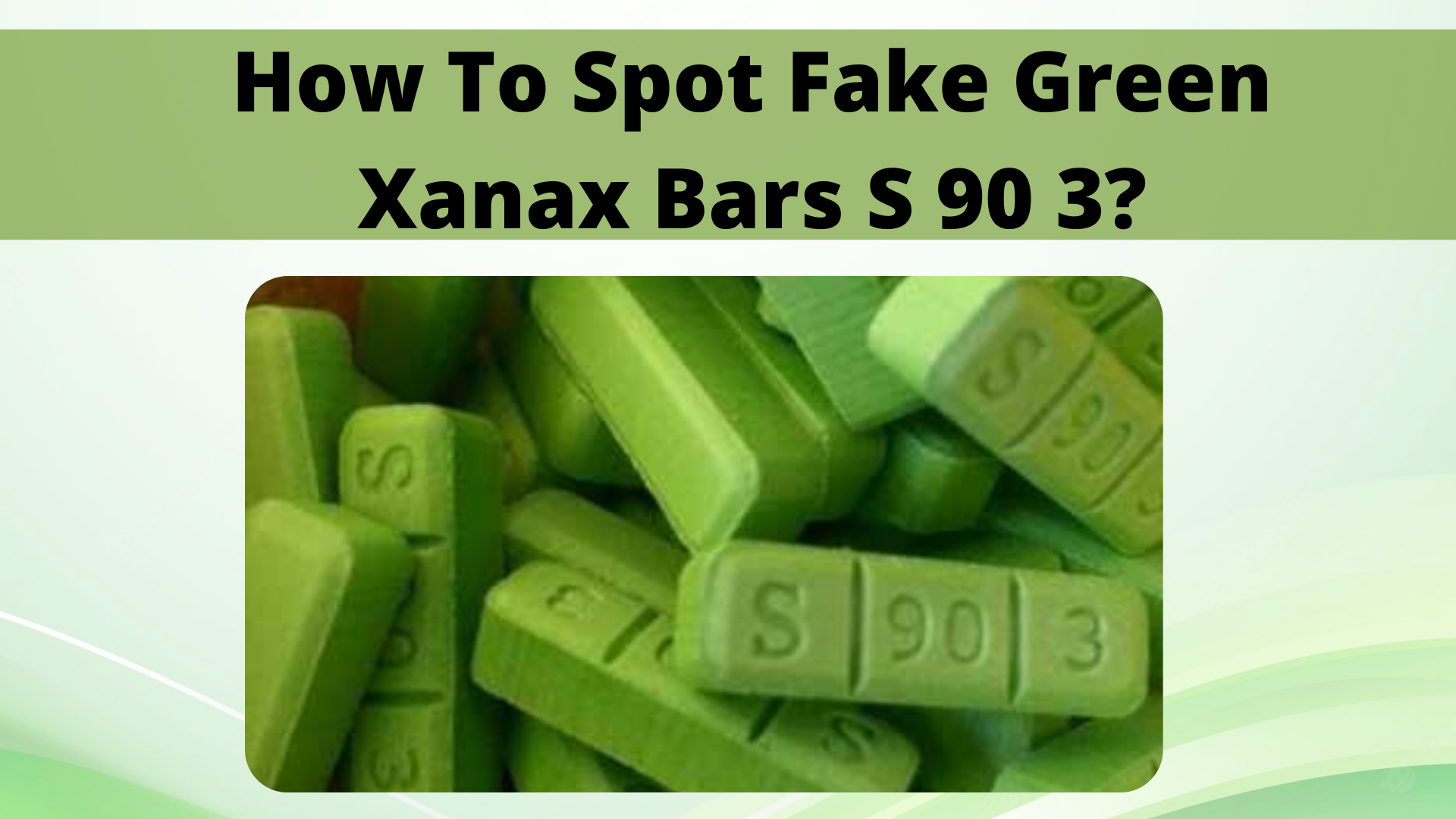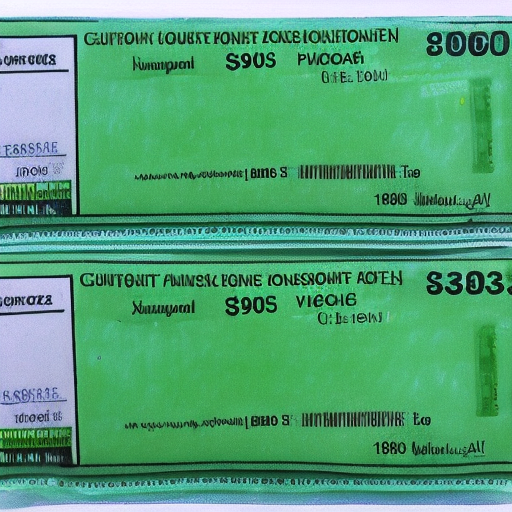Uncategorized
Tips for Identifying Counterfeit S 90 3 Green Xanax Bars – Chat GPT Pharmacy 2023
Introduction
Attention Deficit Hyperactive Disorder (ADHD) is a prevalent neurodevelopmental disorder that affects both children and adults. The disorder manifests in three different types: Predominantly Inattentive Presentation, Predominantly Hyperactive-Impulsive Presentation, and Combined Presentation. Individuals with ADHD find it challenging to carry out daily activities and maintain social relationships due to their atypical behavior.
Diagnosis
ADHD is typically diagnosed in childhood and can persist into adulthood. However, diagnosing ADHD involves a multi-step process to avoid misdiagnosis since several other conditions share similar symptoms. Symptoms of inattention include difficulty organizing tasks, forgetfulness, and distractibility. Symptoms of hyperactivity or impulsiveness include fidgeting, excessive talking, and interrupting others. Other conditions such as anxiety, depression, sleep disorders, and learning disabilities can mimic ADHD symptoms.
Treatment
The severity and type of ADHD determine the treatment plan. Doctors may prescribe medication and behavioral therapy to manage the symptoms. Early diagnosis of ADHD makes it easier to treat. Adderall is one of the most commonly prescribed medications for ADHD.
Adderall
Adderall is a stimulant medication that contains a mixture of Amphetamine and dextroamphetamine. It alters the levels of specific natural substances in the brain to manage ADHD symptoms. Before taking Adderall, individuals should consult with their healthcare provider to determine if it is the best treatment option for them.

ADHD (Attention Deficit Hyperactive Disorder is one of the most common neurodevelopmental disorders in children and is also found in adults. There are three different types of ADHD –
Predominantly Inattentive Presentation: This is where it becomes tough for the individual to organize or finish a task, pay attention to details or even follow instructions or conversations. A person with this type of ADHD is easily distracted or forgets details of daily routines.
Predominantly Hyperactive-Impulsive Presentation: This is where a person fidgets and talks a lot, and it becomes difficult for them to sit still for prolonged periods. They tend to be impatient, interrupt, grab things from people, or speak at inappropriate times. A person diagnosed with impulsiveness may have more accidents or injuries than others.
Combined Presentation: This is where a person has the combined symptoms of Predominantly Inattentive Presentation and Predominantly Hyperactive-Impulsive Presentation. People with Combined Presentation tend to be Impulsive, hyperactive and inattentive.
For anyone diagnosed with ADHD, it is tough to follow through with daily activities and make and maintain social relationships because their behaviour is often different from the rest.
Identify your symptoms
ADHD is usually diagnosed in a person’s childhood and often lasts into adulthood. Deciding if someone has ADHD is a process with several steps to avoid misdiagnoses since there are several issues with similar symptoms.
If you notice symptoms of Inattention–
1-Often fails to pay close attention to detail or makes careless mistakes
2-Often has trouble organizing tasks and activities
3-Often loses things necessary for required tasks and activities
4-Easily distracted
5-Difficulty following instructions and completing a task
Or if you notice symptoms of hyperactivity or impulsiveness –
1-Frequent fidgeting
2-Unable to take part in leisure activities
3-Excessive talking
4-Trouble waiting for their turn
5-Frequently interrupts or intrudes on people
6-Inappropriately leave a situation where it is required of them to be present
Other problems like anxiety, depression, sleep problems and certain types of learning disabilities can have similar symptoms, making it challenging to pinpoint ADHD as the issue.
Based on the type of ADHD and the severity, the doctor may prescribe medications and behavioural therapy to help treat it. If ADHD is diagnosed early, it is easier to treat. One of the most commonly prescribes medicine for ADHD is Adderall. This article will help you decide if it is best suited for you.
What is Adderall, and how does it work?
Adderall is a mixture of Amphetamine and dextroamphetamine used to treat patients with ADHD (Attention Deficit Hyperactivity Disorder). Adderall is a part of a class of medications known as stimulants which change and alter the amount of a particular set of natural substances in the brain.

 Skip to content
Skip to content


